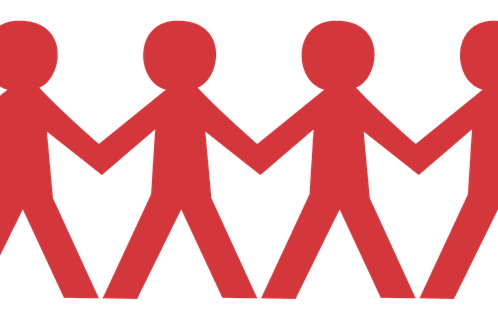An article recently appeared in the AAMC News celebrating the creation of The Children’s National Rare Disease Institute (CNRDI). The article described the long road patients with rare diseases must take from diagnosis to treatment, if any treatment is actually available. The 1983 Orphan Drug Act defines a rare disease as one that affects under 200,000 Americans. Yet there are seven thousand rare diseases affecting a total of thirty million people.
David’s Story
One of those individuals was a Pennsylvania University medical student named David Fajgenbaum. David was a college quarterback and kept himself in good condition. Yet he awoke one morning with pain in his abdomen, a rash covering his entire chest, and swollen lymph nodes. He was rushed to the ER and told that his bone marrow, liver, and kidneys were malfunctioning. He had a loss of vision from a hemorrhage in his retina and gained seventy pounds as a result of fluid retention. Even his thought process and speech had been affected. He was allowed to return home after he agreed to steroid treatment, but the symptoms came back within a few weeks.
His doctors were unable to diagnosis his illness. They sent tissue samples to specialists at the Mayo Clinic who returned a verdict of idiopathic multicentric Castleman disease. Although step one was now successful, step two – the treatment – was still a mystery.
David was not deterred. He filled in the gap by participating in his own treatment, as he was now a doctor. He consulted with experts, collected his own blood samples, and was heavily involved with research about the disease.
Yet David saw only small and temporary improvements. He was also prone to relapses that were life-threatening. It occurred to him that the immune system may be the problem. His doctors started treatment with a drug called sirolimus. The drug has been used to prevent kidney transplant patients from having their bodies reject the new kidney.
The sirolimus treatment worked. David has been symptom-free and has remained in remission for three years.
If only we all had David Fajgenbaum’s determination and credentials. But we do not. We must rely on our doctor’s knowledge and ability to run the appropriate tests. The grim reality is that the FDA has only approved therapies for five percent of all known rare diseases. Perhaps the main reason is that the manner in which most rare diseases develop is not understood.
The CNRDI
Turning our attention back to the Children’s National Rare Disease Institute (CNRDI), it was created in 2017 with the goal of establishing a platform for researchers combined with consistent care for patients with rare diseases. Statistics show that children with rare diseases spend forty percent more time in the hospital and account for fifty percent of all hospital bills.
Approximately eighty percent of rare diseases are inherited (genetic). The long list of rare diseases includes Lou Gehrig disease (ALS), Huntington disease, muscular dystrophy, and Tourette syndrome to name only a few.
David commented on the second challenge, which is fewer incentives for companies to develop drugs for rare diseases. The majority of funds are raised by patients and their families such as the Organization for Castleman Disease that David founded and the ALS Association. The aforementioned 1983 Orphan Drug Act provides incentives for research and development (R&D) for rare diseases that have been granted the Orphan Drug status. The benefits allow the drug companies to recoup some of their development costs. Several thousand drugs have been granted Orphan Drug status, and about six hundred such drugs have been approved to date.
And finally, there is the National Institute of Health’s Research Center for Rare Diseases that provides research grants to groups each involving a minimum of three related rare diseases. Its twenty-seven centers and institutes are responsible for funding over $3.6 billion each year.
At the Turning Point
We are looking at a breakthrough in therapies for rare diseases thanks to gene mapping and the human genome project. Using genetic data, doctors are now able to develop therapies on a more individualized basis. Dr. Summar of the CNRDI commented that we are witnessing the beginning of a new era in medicine.






